15 anti-racist Michigan books to get you through the holidays and quarantine
Since May, when much of the world witnessed a white Minneapolis police officer kill George Floyd, a Black man in Minneapolis, books with titles like “How to Be an Anti-Racist,” “White Fragility” and “So You Want to Talk About Race” have topped national best-seller lists, as readers seek education in this season of reckoning with systemic racism. In Michigan, Black bookstores are selling out of books focused on race and readers are launching anti-racism book clubs for new audiences.
If you're doing the work of unlearning racism, or just want some informative reading to make it through quarantine, consider adding some titles with Michigan connections to your list. The titles below are just a fraction of books with Michigan ties or themes.
- Help Bridge choose our next Michigan-focused book club read
- 13 Michigan books to get you through the stay-at-home order
For quarantine or for the holidays, give them to someone you love — including yourself.
“From Selma to Sorrow,” by Mary Stanton
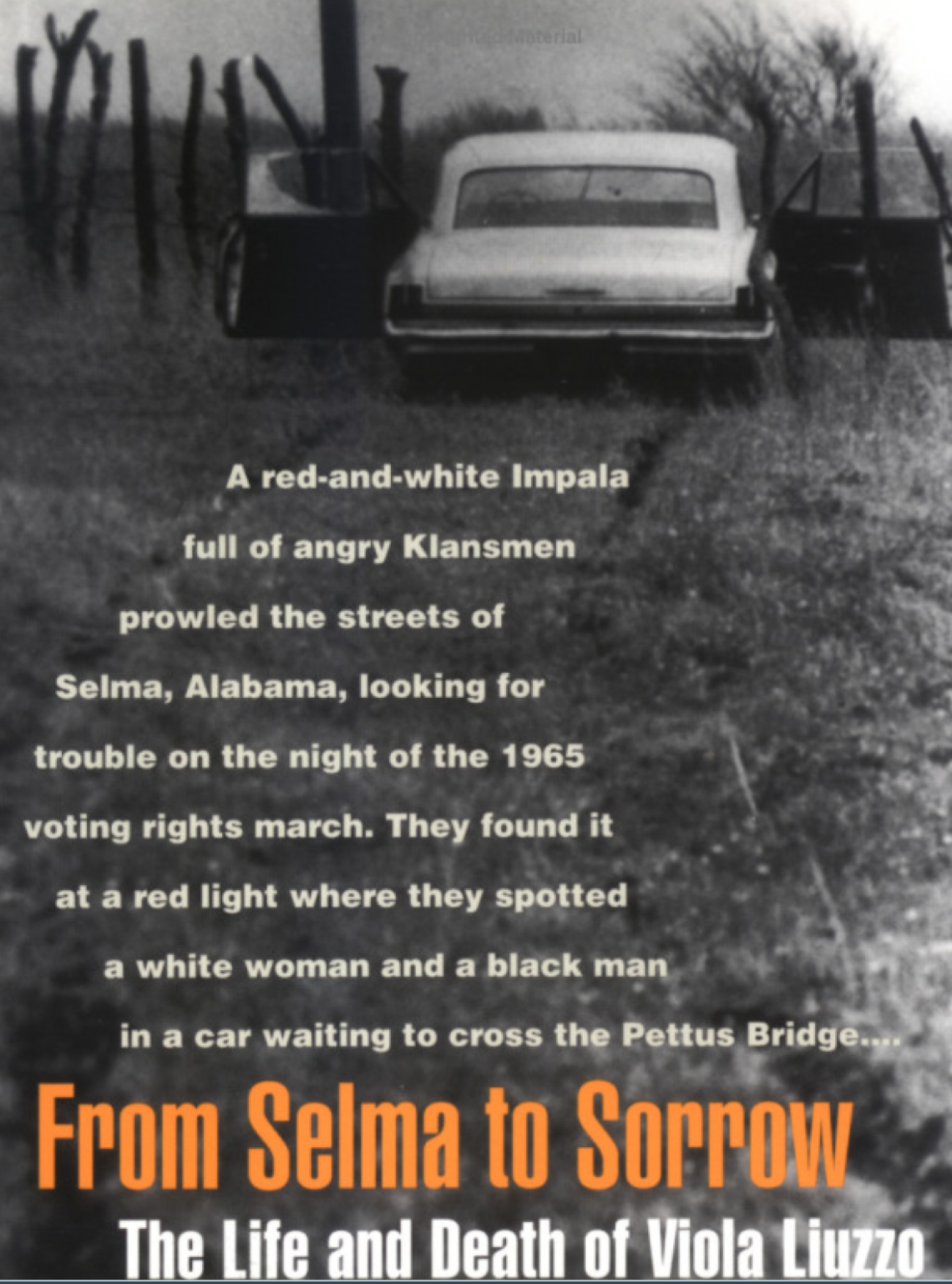
The 55th anniversary of the Voting Rights Act this summer has brought renewed interest in Viola Luizzo, a wife and mother of five who’d left her family behind in Detroit to drive to Alabama to march for justice with Martin Luther King Jr. One of three people killed in Selma during voting rights demonstrations, Luizzo was 39 when she was shot by members of the Ku Klux Klan, as she was transporting other marchers. “From Selma to Sorrow,” the first full-length biography of the only white woman honored at the Civil Rights Memorial in Montgomery, resonates today just as much as it did when published in 2000. (University of Georgia Press, 264 pp.)
“Arc of Justice: A Saga of Race, Civil Rights and Murder in the Jazz Age” by Kevin Boyle
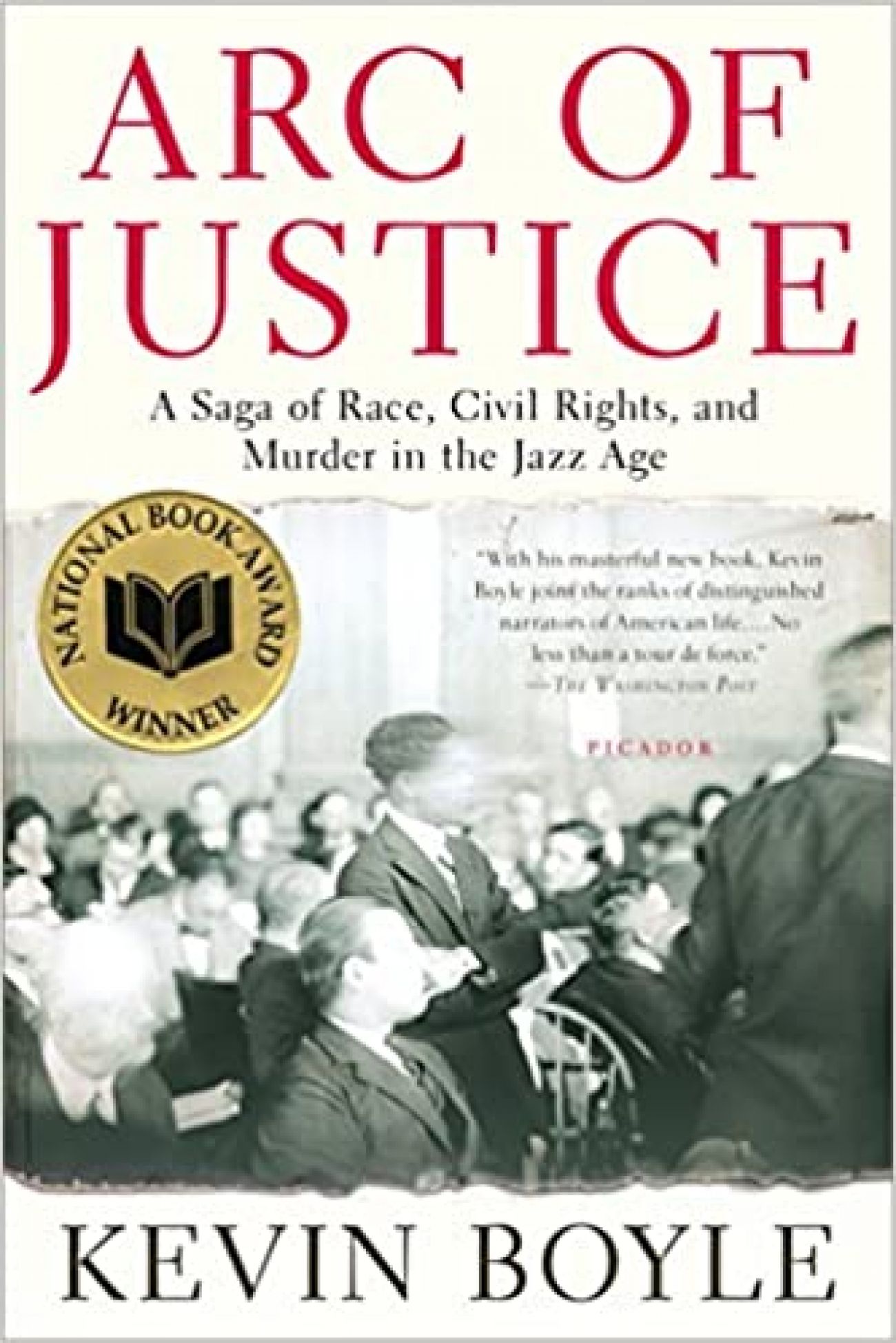
Boyle earned the National Book Award for his nonfiction account of a Black physician’s struggle to keep his life and his home amid threats from a violent and racist mob in 1920s Detroit. Shortly after his move to an all-white, upper middle-class Detroit neighborhood, Dr. Ossian Sweet, or one of his defenders, accidentally killed one of the angry whites gathered outside of his home.
“Arc of Justice” weaves the police investigation and Dr. Sweet’s murder trial into a narrative that documents a crucial civil rights trial. The book also chronicles Sweet’s journey through his childhood, marriage and hurdles to become a doctor. (Henry Holt & Co., 415 pp.)
Author Kevin Boyle and Daniel Baxter, owner of the Sweet home, joined Bridge book club in August for a discussion and tour of the Sweet residence. Watch the video now.
“Sundown Towns: A Hidden Dimension of American Racism” by James W. Loewen
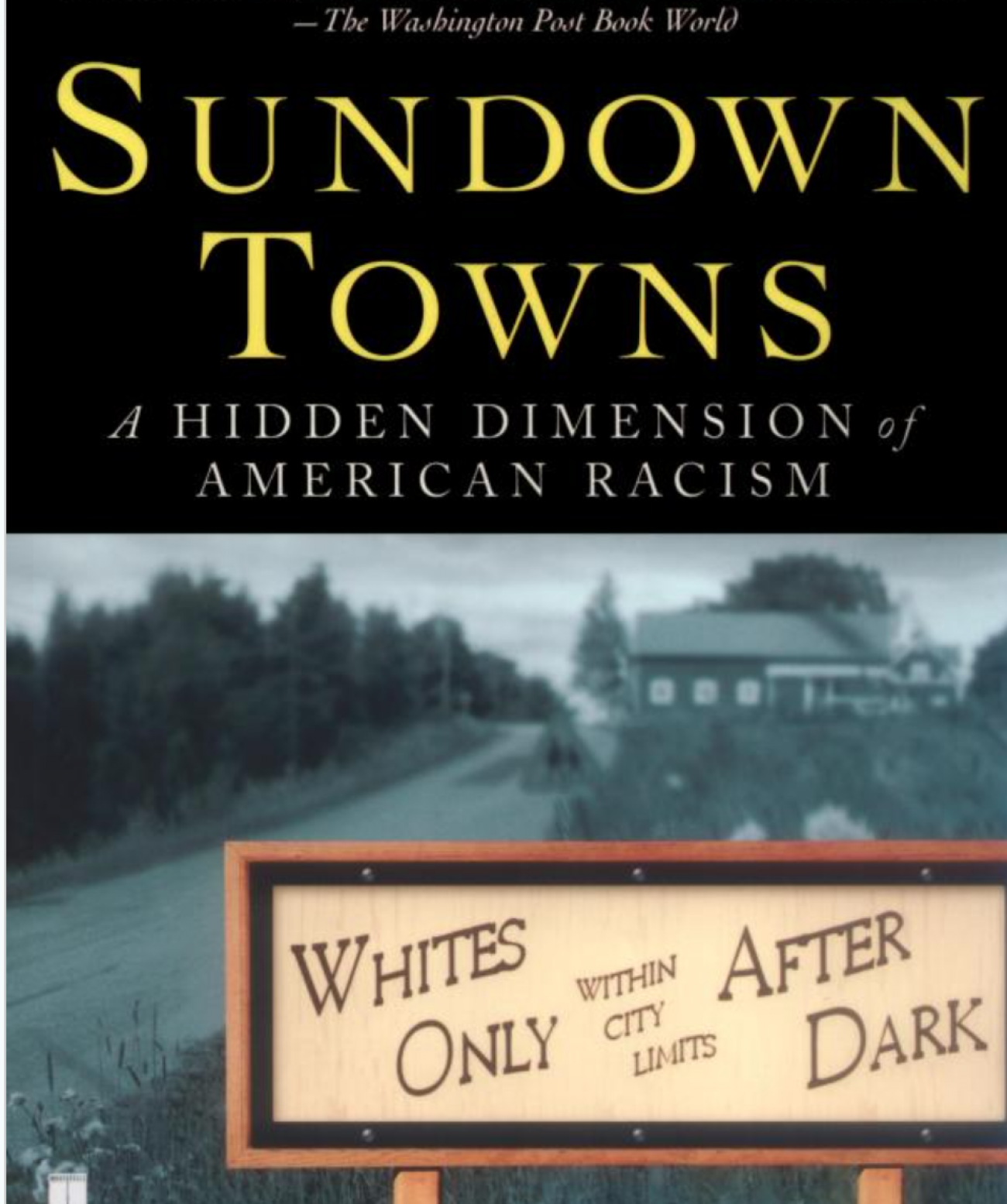
In the season premiere of the new HBO show “Lovecraft Country,” the main characters drive past a sign that reads “[N-word]s, don’t let the sun set on you here. Understand?” The characters were in a "sundown town," or an all-white or mostly white jurisdiction that ruled Blacks must leave town limits before sunset.
Related stories:
- Detroit suburbs grapple with the history of being anti-Black ‘sundown towns’
- ‘Most Detroit suburbs became sundown towns’
- Registry lists possible sundown towns in Michigan
"Sundown towns," which sociologist James W. Loewen has researched for years, were a phenomena in Michigan and elsewhere from 1890 to the years following the Jim Crow era, as housing policies were crafted to discourage Black residents. Loewen notes that this practice of maintaining all-white towns, which he says still exists, was most common in northern states, and he found thousands of municipalities. Most of the suburbs in metro Detroit, for example, met this description at one time, and he counted dozens of sundown towns in Michigan alone. (The New Press, 592 pp.)
“Detroit’s Birwood Wall: Hatred and Healing in the West Eight Mile Community” by Gerald Van Dusen

The neighborhood around Eight Mile and Birwood streets in northwest Detroit was a redlined Black neighborhood for nearly a decade until the early 1940s, when developers looked to build a subdivision nearby for white residents. To gain U.S. government approval and financing, the developers constructed a wall that stretched a full three blocks, to keep Black neighbors on the other side. The 6-foot-tall Birwood Wall, or Detroit’s Berlin Wall, as locals call it, still stands, now a colorful mural and sign of segregation and a reminder of the 20 years of racial divisiveness. The wall got renewed attention recently when U.S. Sen. Elizabeth Warren, seeking a bid for president, unveiled a campaign proposal in front of it and the Michigan State Historic Preservation Office launched a campaign to get it listed on the National Register of Historic Places.
The author, a professor of English at Wayne County Community College, includes personal interviews, family histories, land records and other archival sources, in this story of the wall and its surrounding enclave that now is a colorful expression of hope. (The History Press, 194 pp.)
“Understanding Jim Crow: Using Racist Memorabilia to Teach Tolerance and Promote Social Justice” by David Pilgrim
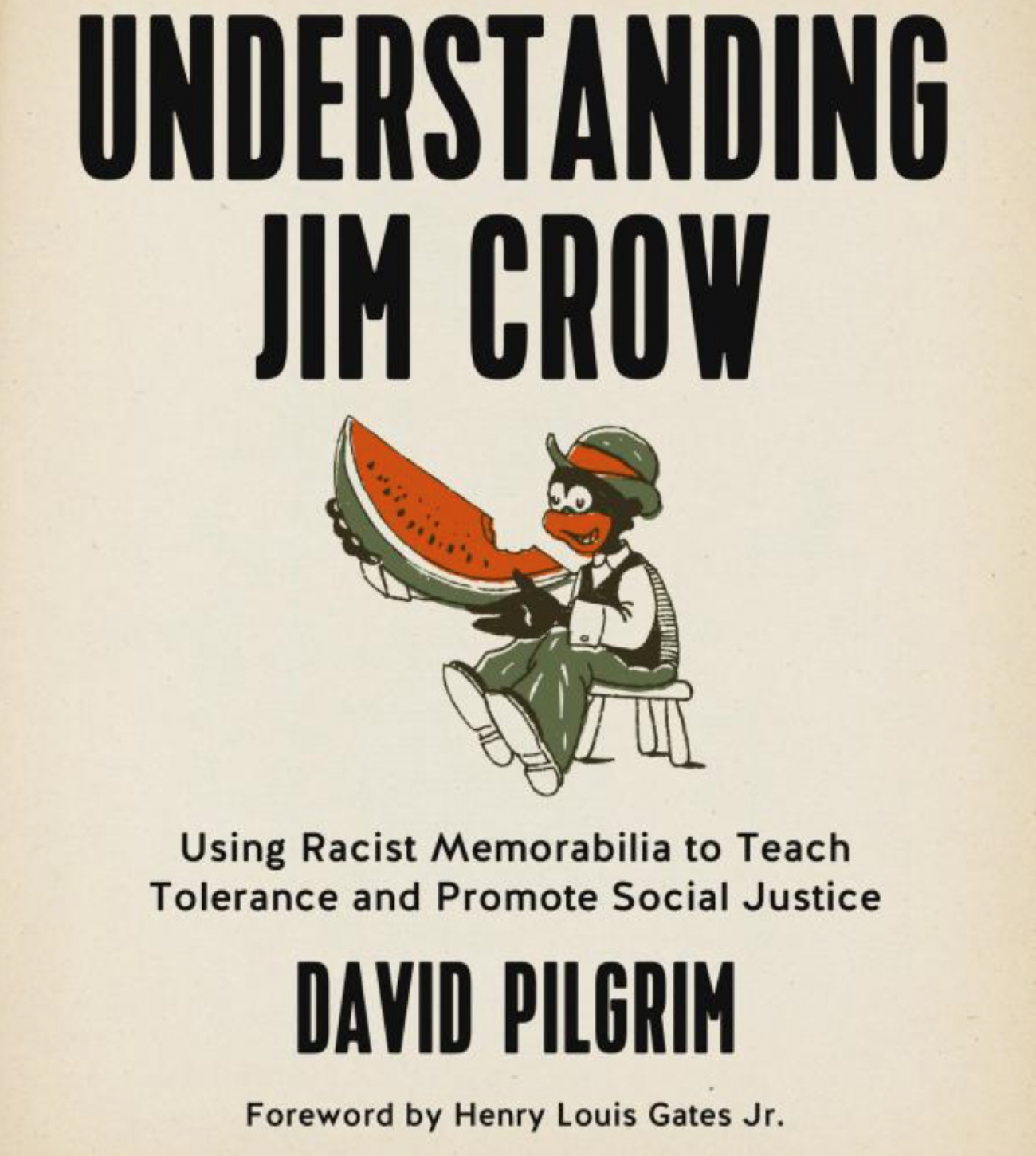
At a time when municipalities (and protesters) are destroying racist artifacts and toppling Confederate statues, David Pilgrim is taking the opposite approach. Pilgrim is a professor, orator and activist, but he’s best known as founder of the Jim Crow Museum of Racist Memorabilia in Big Rapids. His book, “Understanding Jim Crow” serves as an introduction to the museum, an institution with more than 10,000 (and growing) offensive and oft troubling collectibles that are displayed to engage visitors in intelligent discussions about race, race relations and racism. The artifacts in the museum and the book — meant to dehumanize Blacks and legitimized patterns of prejudice, discrimination and segregation — now serve as teaching tools filled with material your schools likely lacked. (PM Press, 209 pp.)
Pilgrim’s also the author of “Watermelons, Nooses, and Straight Razors: Stories from the Jim Crow Museum (PM Press, 272 pp.),” which also will spark dialogue on tolerance.
"The Dawn of Detroit" by Tiya Miles
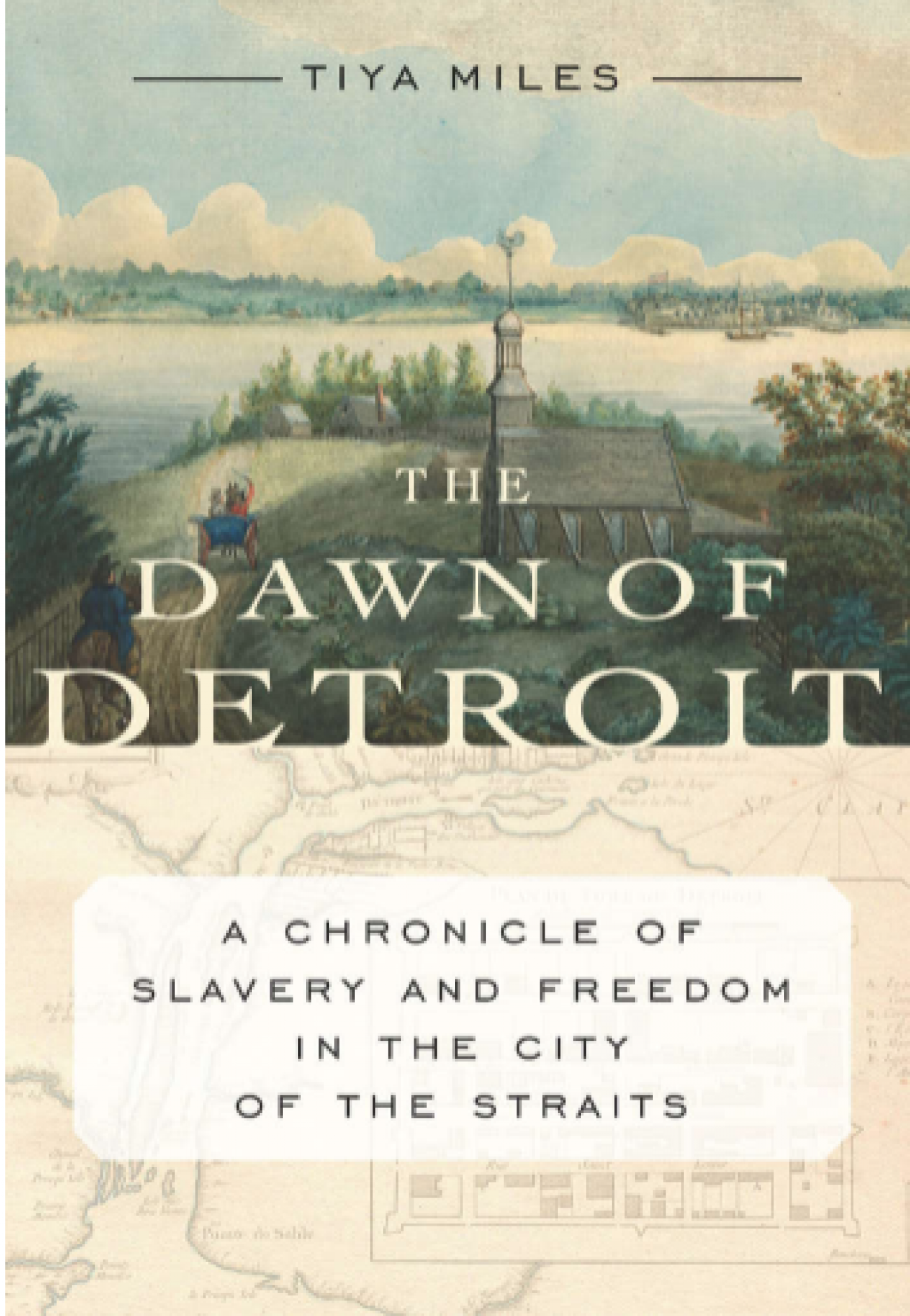
There’s a common misconception that slavery occurred only in the southern United States, while the Midwest served as a free haven. Tiya Miles, a MacArthur “genius” fellow who taught at the University of Michigan for 16 years, debunks that myth by detailing Native American and African American slavery in Detroit, its surrounding countryside, and even across the border in Canada.
An intrepid historian, Miles mined a church registry, court records, letters and diaries of prominent residents during the late-18th and early-19th centuries, and other documents to detail the very crucial role that Native American and subsequently Black slaves played in the development of the community, as well as the critical relationships between French and British residents. The Detroit River, and by extension the Great Lakes, are primary characters. Read this poetic book for a greater understanding of the formation of the United States and of early Detroit, and for engaging stories about freed and enslaved families on both sides of the border. (New Press, 352 pp.)
“The Autobiography of Malcolm X” written by Alex Haley with narrative by Laurence Fishburne

You’ve probably read the 1964 memoir at least once, but 55 years after publication, “The Autobiography” not only inspires but it’s been repurposed and revived. Audible this fall released the first unabridged audio version of Malcolm X’s autobiography, performed by Oscar-nominated and Tony-winning actor Laurence Fishburne. The audiobook’s release comes as many Americans have been reading or returning to the autobiography in recent months as protesters tackle systemic racism and police violence. Malcolm X, nicknamed Detroit Red, once called himself "the angriest Black man in America." Listen to it to hear how Malcolm’s conversion to true Islam helped him confront his rage and accept the brotherhood of all humans. (Audible, 16 hours and 52 minutes )
"Building Bridges Across the Racial Divide” by Larry Feldman and Sandy Feldman
An excellent text for training or coursework in diversity, race relations, education or parenting, the Feldmans’ book seeks to build bridges. Diversity consultants and adjunct professors at Lake Michigan College in Benton Harbor, the Feldmans guide readers through thoughtful diversity initiatives designed to combat racial divisiveness and segregation. (Peter Lang, 186 pp.)
"Asian Americans in Michigan: Voices from the Midwest" edited by Sook Wilkinson and Victor Jew
Michigan’s Asian Americans are often overlooked, even as their presence in the state has grown over time.
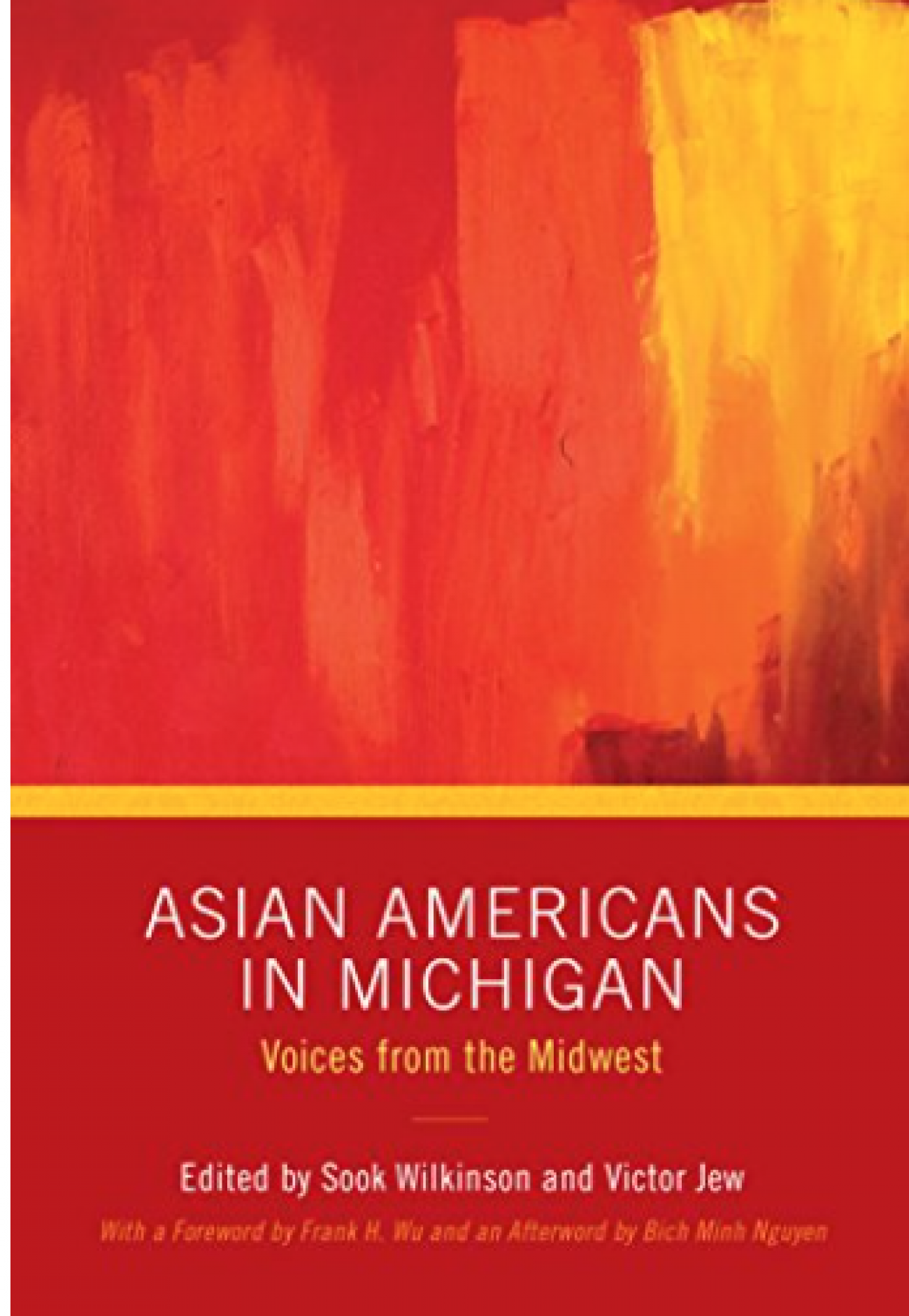
This volume’s vibrant mix of the 41 contributors are both native born and immigrants. They trace their ancestry to East Asia (China, Japan, Korea, Taiwan), South Asia (Bangladesh, India, Pakistan), and Southeast Asia (Cambodia, Laos, Philippines, Thailand, Vietnam, and the Hmong), and make clear their past and present contributions to the Great Lakes State in many fields— art, business, education, religion, medicine, and politics— while commenting on their hopes for the future. (Wayne State University Press, 384 pp.)
“Know Your Price: Valuing Black Lives and Property in America’s Black Cities” by Andre M. Perry
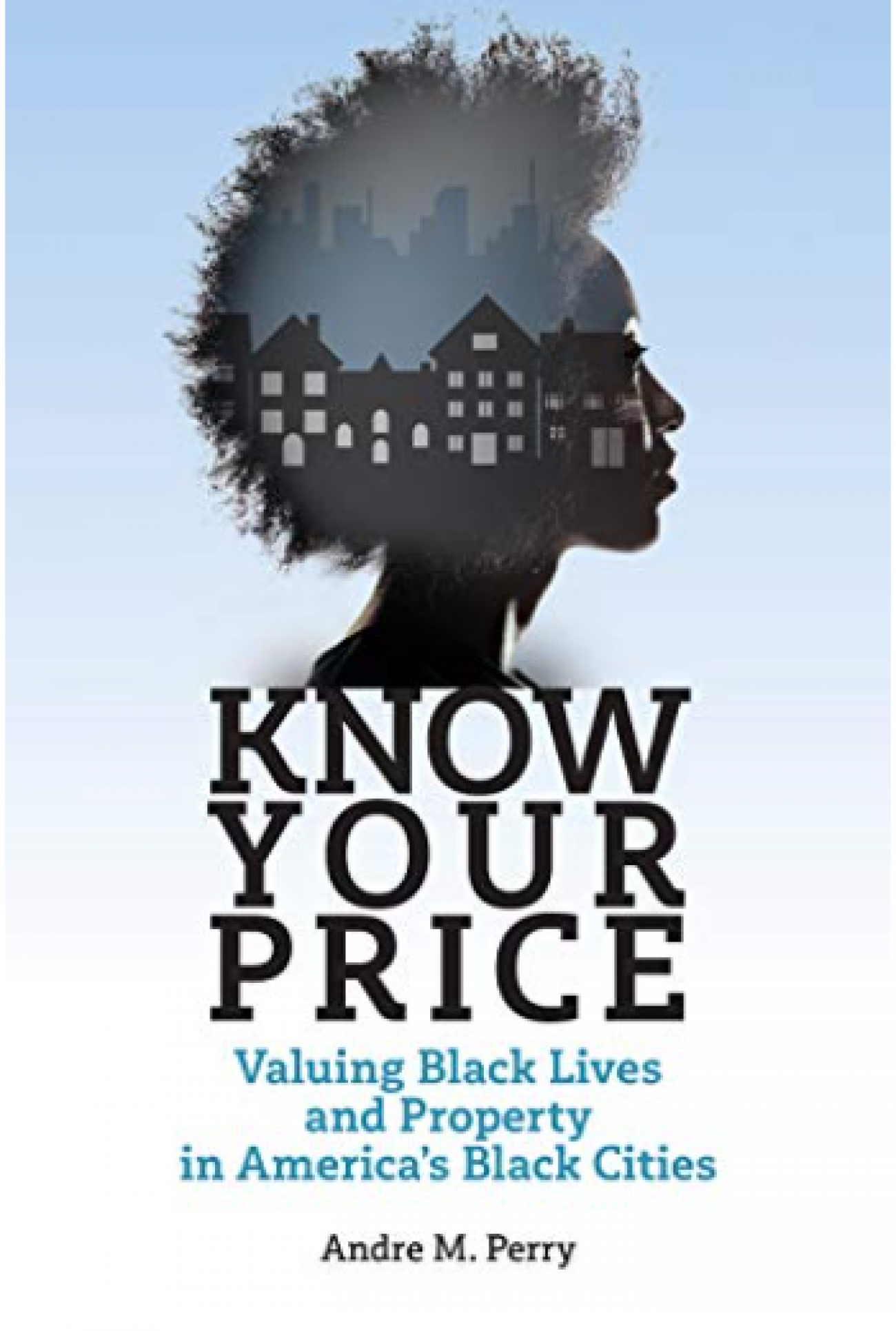
There is nothing wrong with Black people that ending racism can’t solve. That’s the premise of Perry’s latest book, a blend of memoir and public policy. In it, he demonstrates the negative economic and social effects that stem from the deliberate devaluation of Blacks and their communities. He not only details the devaluation of Black property, but also the devaluation of Black businesses, schools and teachers, mothers, politicians and votes.
Perry, founding dean of urban education at Davenport University in Grand Rapids, starts his book journey in Wilkinsburg, Pennsylvania. He also spotlights five other cities where he has deep connections, including Detroit. (Brookings Institution Press, 224 pp.)
“I'm Still Here: Black Dignity in a World Made for Whiteness” by Austin Channing Brown
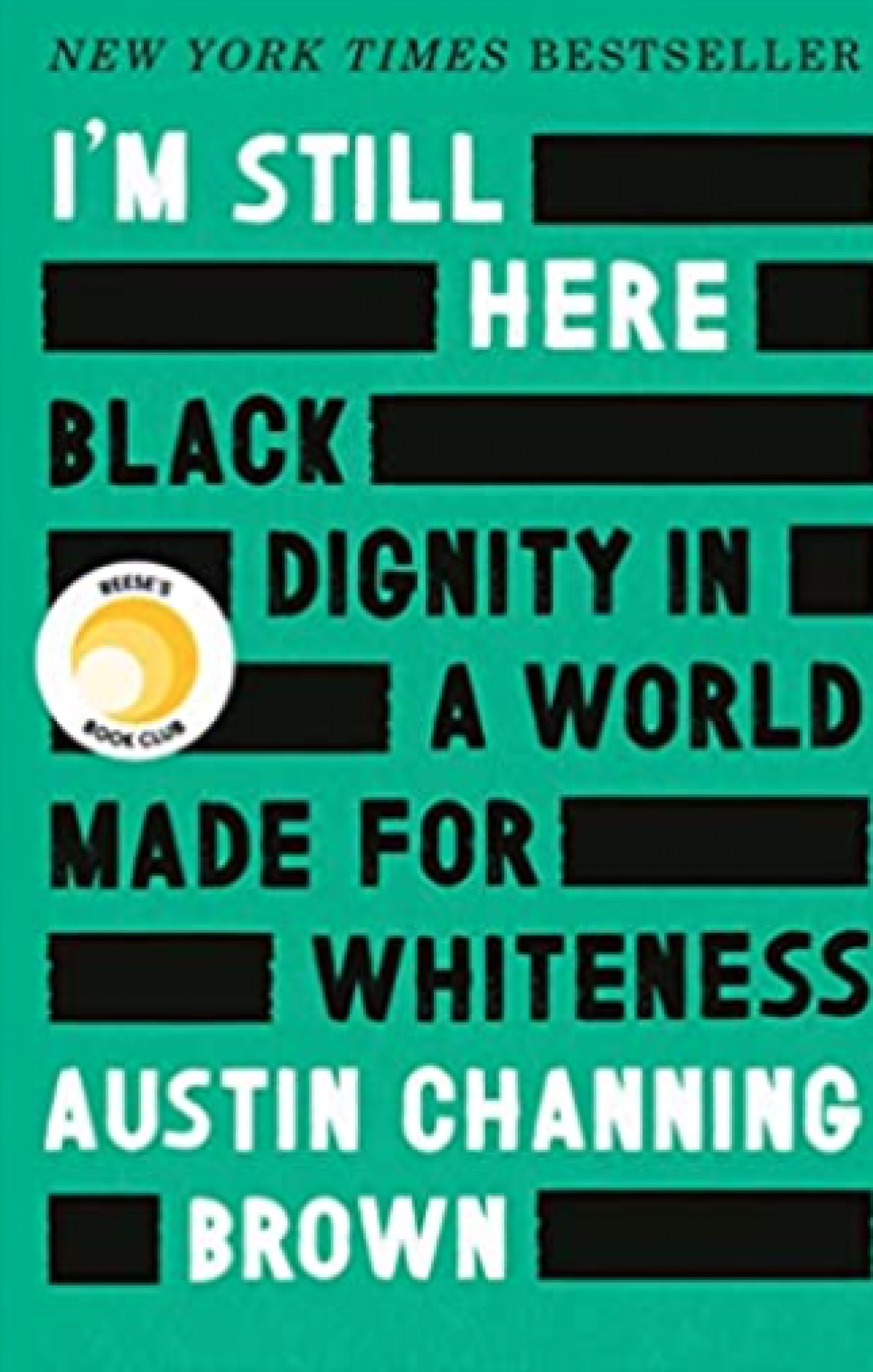
Austin Channing Brown’s memoir shot to the top of best-sellers’ lists when it was released in May 2018, leading in its categories for months. Channing Brown chronicles her struggles growing up in a predominately white world. She covers her childhood and her family, and how it feels being the “only” at work, at school and in places of worship, and the daily microaggressions that come along with it.
“It’s work to be the only person of color in an organization, bearing the weight of all your white co-worker’s questions about Blackness. It’s work to always be hypervisible because of your skin — easily identifiers as being present or absent — but for your needs to be completely invisible to those around you.
The author, who holds a master’s degree in social justice from Marygrove College in Detroit, first encountered race in America at 7, when she discovered her parents named her to deceive future employers into thinking she was a white man.
Largely a memoir, this book pulls no punches but there’s a lot of teachable moments for those confounded by race in America and “the ideology that whiteness is supreme, better, best, permeates the air we breathe—in our schools, in our offices, and in our country’s common life.” (Crown Publishing Group, 192 pp.)
"The Next American Revolution: Sustainable Activism for the Twenty-First Century" by Grace Lee Boggs
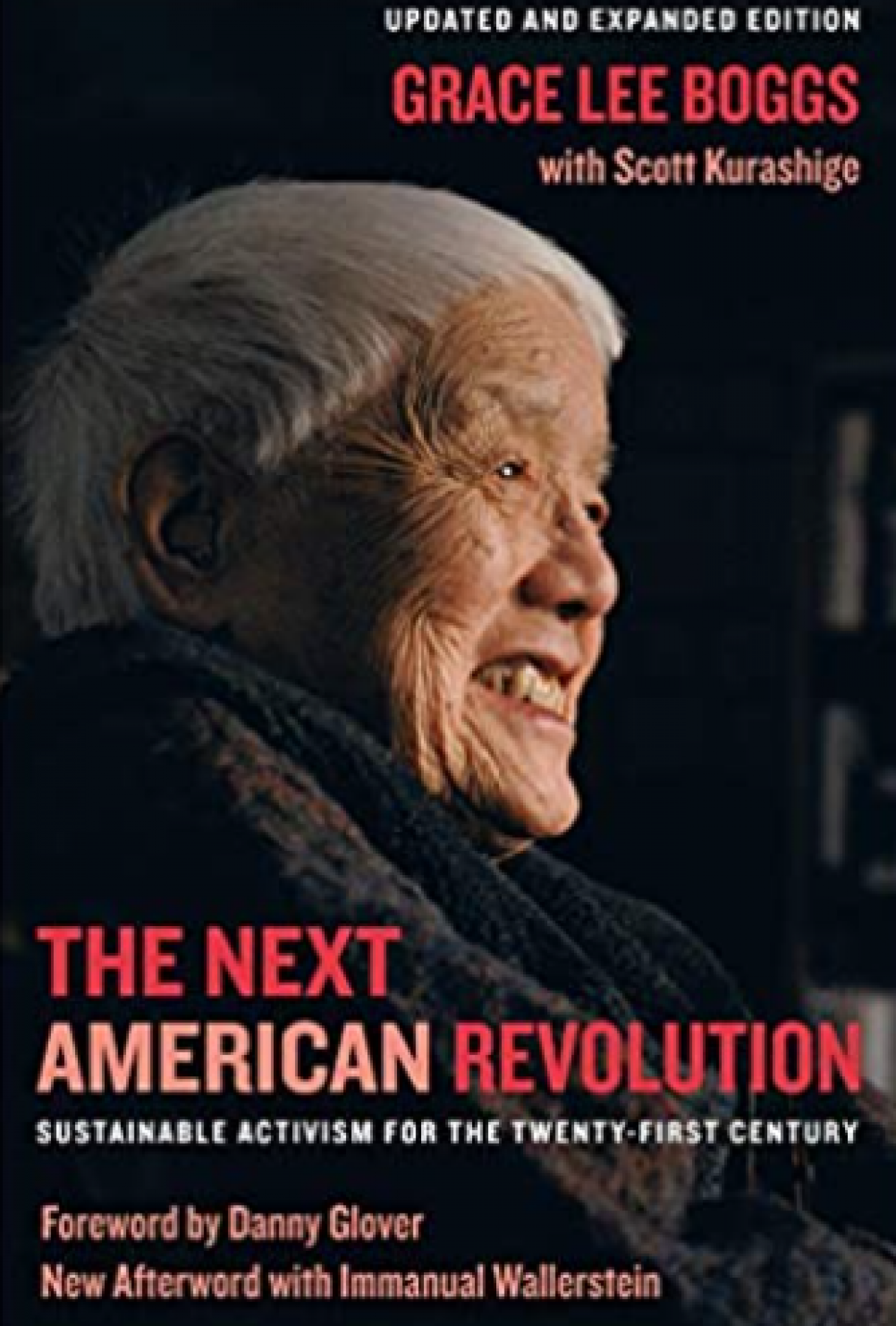
An activist for seven decades, Grace Lee Boggs participated in all of the 20th century’s major social movements—for civil rights, women’s rights, workers’ rights — before she died in 2015. Her fifth book, written when she was 95, redefines “revolution”, something everyone wants, but can’t describe it.
A Detroiter and daughter of Chinese immigrants, Boggs talks about how hope and creativity are overcoming despair and decay. Her book, still timely, serves as an impetus to learn about organizing, advocacy and dismantling internalized racism. (University of California Press, 224 pp.)
“Long Time Coming: Reckoning with Race in America” by Michael Eric Dyson
Dyson is a celebrated academic, commentator, ordained minister and political analyst. The Detroit native is also an award-winning author who has just released his 20th book. In “Long Time Coming,” the Georgetown professor traces the roots of racism from slavery and Jim Crow to police brutality and modern-day killings. Each of the five chapters is addressed to a Black martyr — from Grand Rapids native Breonna Taylor to the Rev. Clementa Pinckney, gained its will to confront the ugly truth of systemic racism. Ending with a poignant plea for hope, Dyson’s exciting new book points the way to social redemption. (St. Martin’s Press, 229 pp.)
FICTION
“The Turner House” by Angela Flournoy
This 2015 novel places the reader at the center of a large Black family in Detroit, moving us from the father’s early years in the city in the 1940s to the Turner family’s financial struggles in 2008. The 13 Turner children span a generation — the oldest born during World War II, the youngest just months after the 1967 Detroit uprisings — and the book is an immersive examination of the complexities of sibling relationships, the housing crisis’ impact on inner-city families like the Turners, and how a house becomes the story of its inhabitants. (Black Inc., 247 pp.)
“Lakewood: A Novel” by Megan Giddings
One of the most anticipated books of 2020, “Lakewood” often is described as one part “The Handmaid’s Tale” and one part “The Immortal Life of Henrietta Lacks.”
Giddings’ debut novel follows Lena Johnson, a college student who loses her grandmother to cancer. Her grandmother’s death lifts the veil on the magnitude of the family’s financial debt. Lena, now caretaker for her disabled mother, is forced to drop out of college to support them. When the Great Lakes Shipping Co. offers a great salary, housing and full medical insurance to work as a “dispatcher,” Lena packs her bags and moves to the fictional small town of Lakewood, Michigan. Great Lakes isn’t a shipping company, however, and Lakewood isn’t your typical Michigan small town.
Lena’s new job is to serve as a test subject in medical experiments at a mysterious government facility, where scientists constantly alter research participants’ minds and bodies, all to advance the future of health care, or so they’re told when they sign the non-disclosure agreement. One of the first things Lena notices is that almost all of the study participants are black, native or Latino, a disturbing contrast against the white researchers and white townspeople.
Giddings, a U-M graduate, has said her medical thriller is inspired by her experiences growing up a woman of color in rural, small-town Owosso, Michigan. The book, which may leave you on the edge of your seat, raises questions about real challenges working-class families face and the history of medical experiments performed on non-white people under the guise of scientific advancement. It may cause you to examine the decisions you make for the betterment of your family. (Amistad, 288 pp.)
See what new members are saying about why they donated to Bridge Michigan:
- “In order for this information to be accurate and unbiased it must be underwritten by its readers, not by special interests.” - Larry S.
- “Not many other media sources report on the topics Bridge does.” - Susan B.
- “Your journalism is outstanding and rare these days.” - Mark S.
If you want to ensure the future of nonpartisan, nonprofit Michigan journalism, please become a member today. You, too, will be asked why you donated and maybe we'll feature your quote next time!




